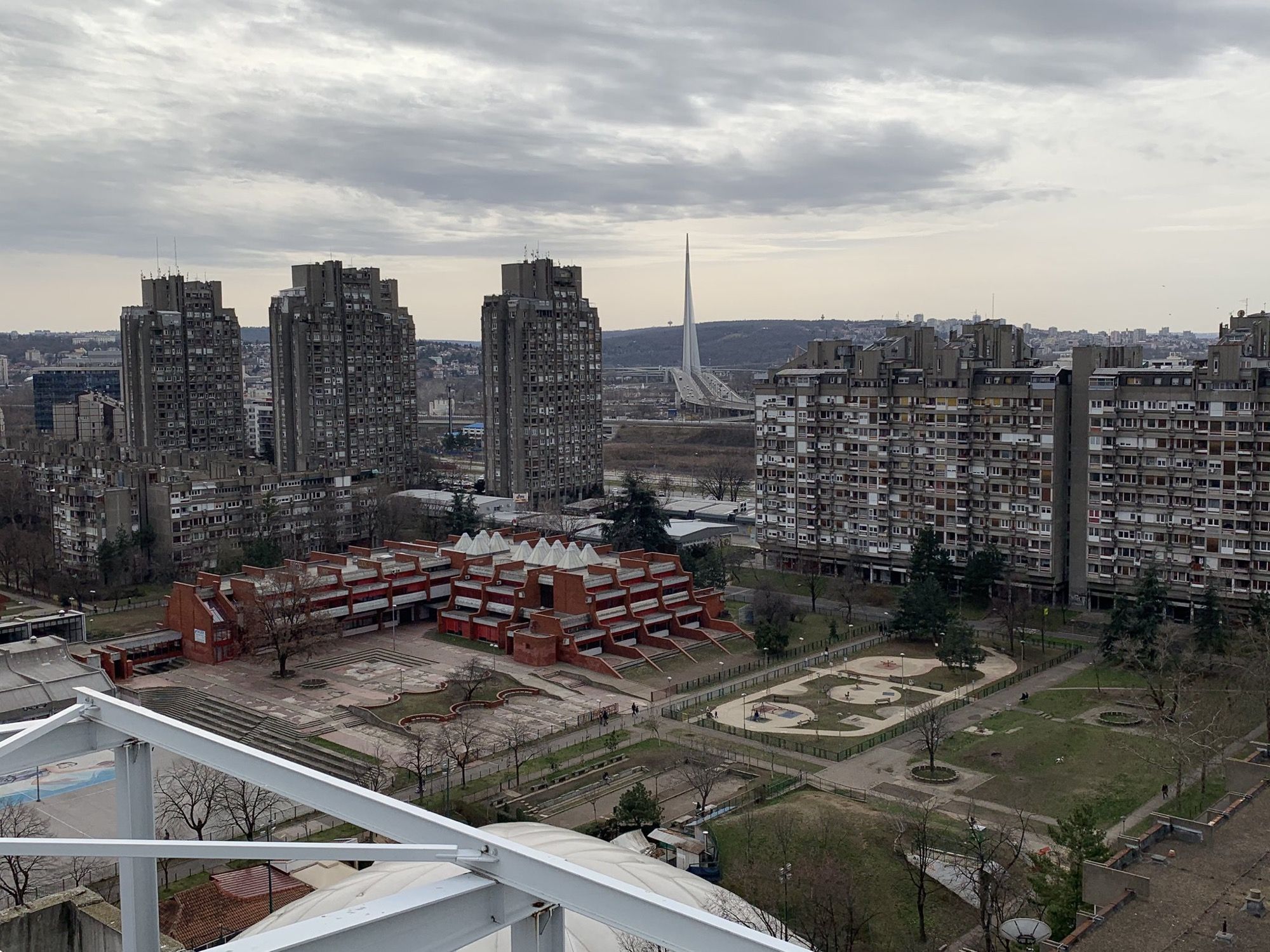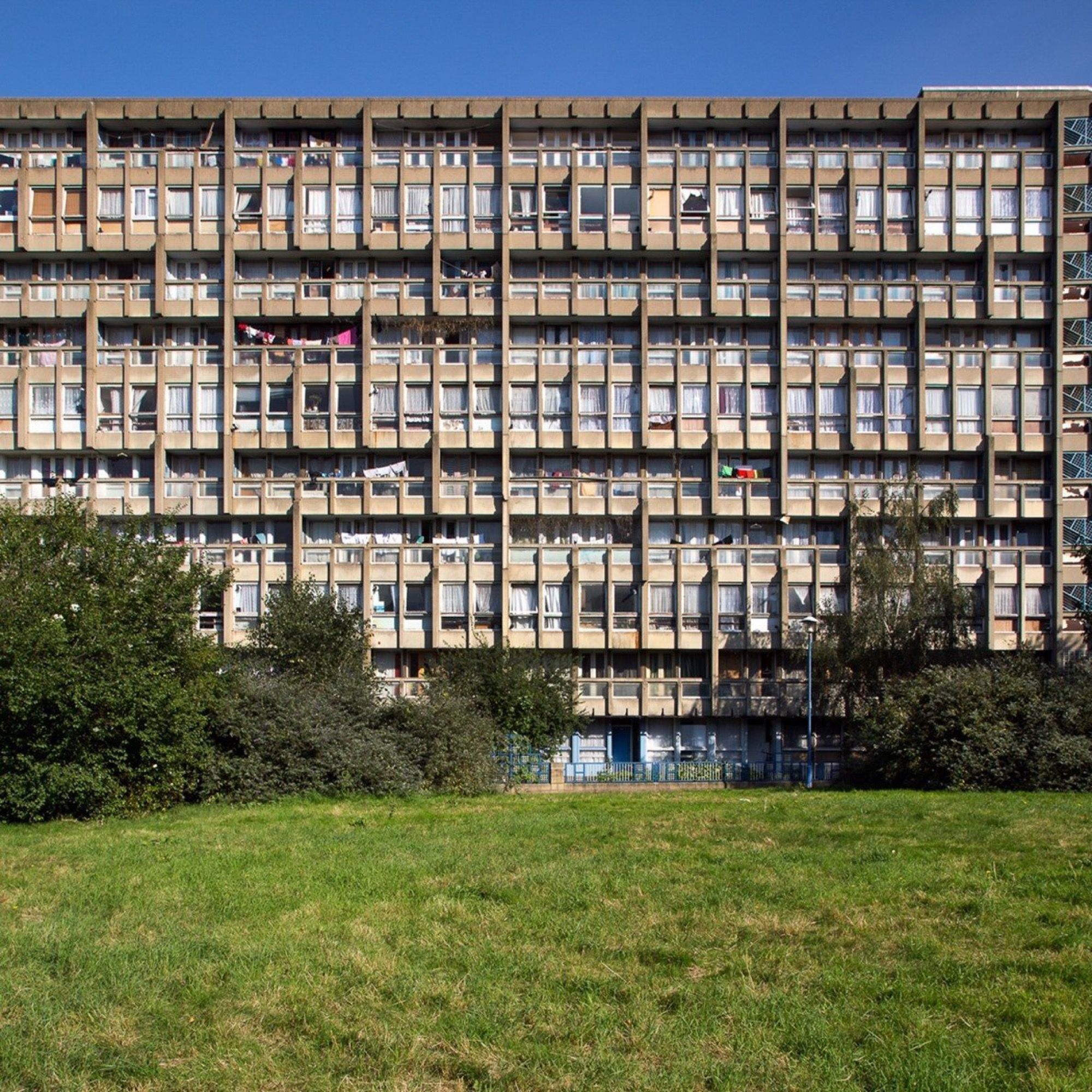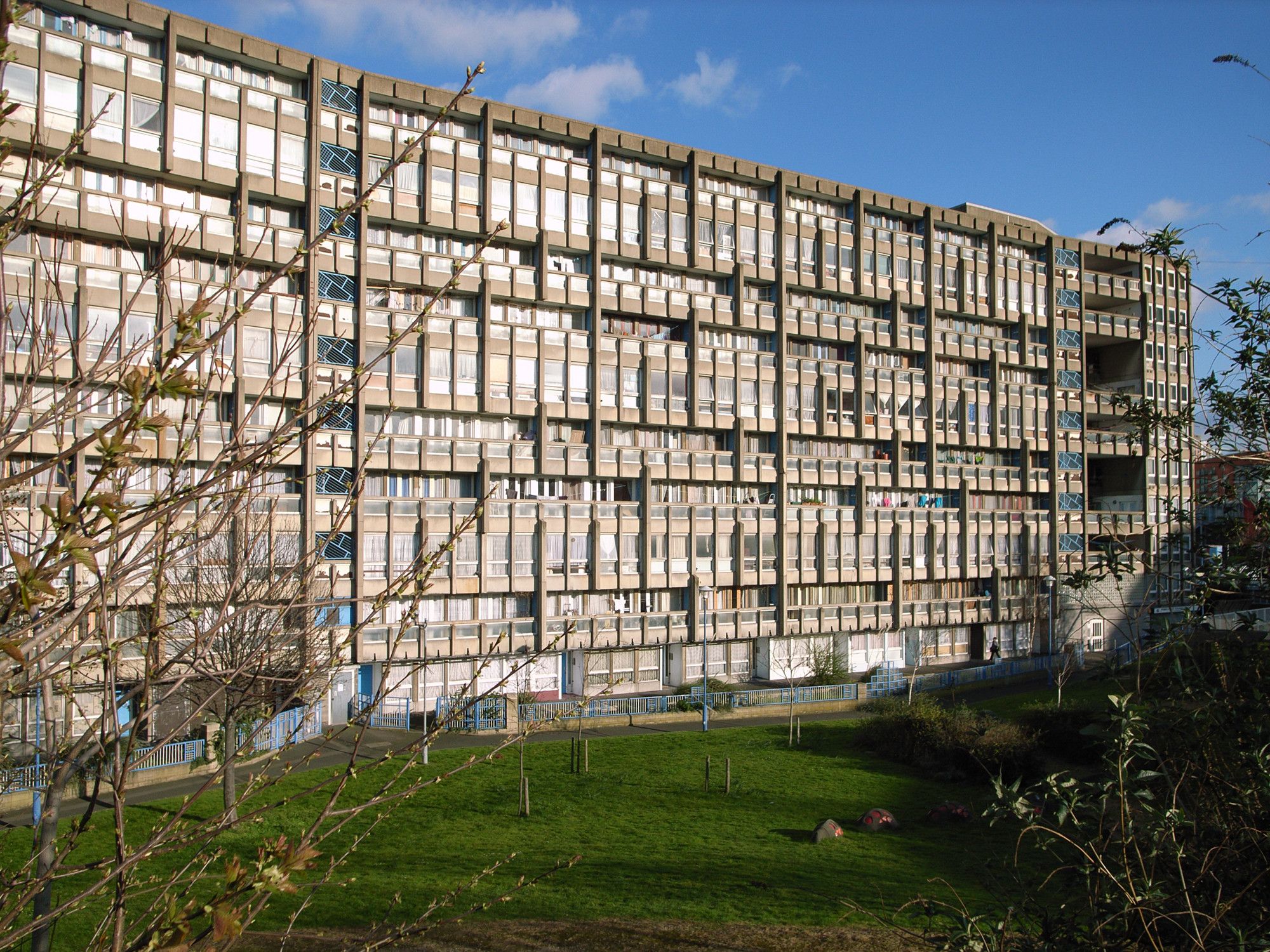
Is brutalism making a comeback? The concrete tower blocks typical of this movement are once again being appreciated today
Recently, there has been a growing interest in brutalism that goes beyond the debate about the beauty or ugliness of buildings belonging to this architectural movement. The trend is evident on one hand by the quantity of books on the subject published in recent years and on the other by the popularity that brutalism has gained on social media. There is frequent discussion about the opportunity to reevaluate brutalism, not simply from an aesthetic standpoint but more broadly as a movement. According to American journalist Brad Dunning, an expert in brutalist architecture, brutalism - which he considers «the techno music of architecture» - «is back in fashion because stability is particularly attractive in this chaotic and decaying world.»
What is Brutalism
Brutalism is an architectural movement that emerged around the 1950s and is characterized by imposing, geometric, and unadorned buildings. After World War II, many countries, facing the need for relatively rapid reconstruction, set aside the decorative elements typical of previous architectural and artistic trends, including Art Nouveau. Brutalist style, on the contrary, relied on the extensive use of exposed concrete, a preference for the functionality of buildings, and, especially in terms of style, a tendency toward modularity. Examples of brutalist architecture can be found around the world, especially in public buildings, schools, churches, and institutional buildings in response to the growing demand for housing. The trend fell out of favor starting in the 1980s when brutalist buildings began to be seen as cold, austere, and aesthetically unattractive. Additionally, the progressive signs of wear and tear on the facades of these buildings caused by water and other environmental factors contributed to the unpopularity of the brutalist approach. Raw concrete «does not age with elegance, but crumbles, stains, and decomposes,» wrote English critic Anthony Daniels. The atmosphere and aesthetics evoked by brutalist buildings were soon associated with urban decay, as raw concrete became 'the perfect canvas for graffiti artists, whose acts contributed to the decline of these structures,' as stated on My Modern Met.
Why Brutalism is Appreciated Again
The United Kingdom was one of the countries where brutalism found significant expression, starting with the Robin Hood Gardens residential complex from 1972 in the Poplar neighborhood of London. In 2016, then-UK Minister of Transport John Hayes referred to Robin Hood Gardens as 'aesthetically useless' and called for a «revolt against the cult of ugliness.» In 2017, before the demolition of a large section of the residential complex, a portion of the building was acquired by the Victoria & Albert Museum with the goal of preserving an example of the brutalist movement. Today, the debate about the resurgence of brutalism is less about the opportunity to invest resources in renovating or demolishing buildings built in this style. The structures associated with the brutalist aesthetic are once again appreciated for their geometric precision and rigor. Graphic design is one of the main factors behind the current success of brutalism: it has allowed the facades of these buildings to become highly appreciated patterns in photographs and magazine covers over the last decade. Moreover, the monolithic and heavy aesthetics typical of brutalism are increasingly found in contemporary design and graphics. In this sector, brutalism has been uno dei principali trend del 2023 and has also made an impact on the web: the Brutalist Websites project, which gathers websites created in a brutalist style, for example, argues that 'in its roughness, without caring about appearing aesthetically comfortable, brutalism can be seen as a reaction by a younger generation to the carefreeness, optimism, and frivolity of modern design.

















































